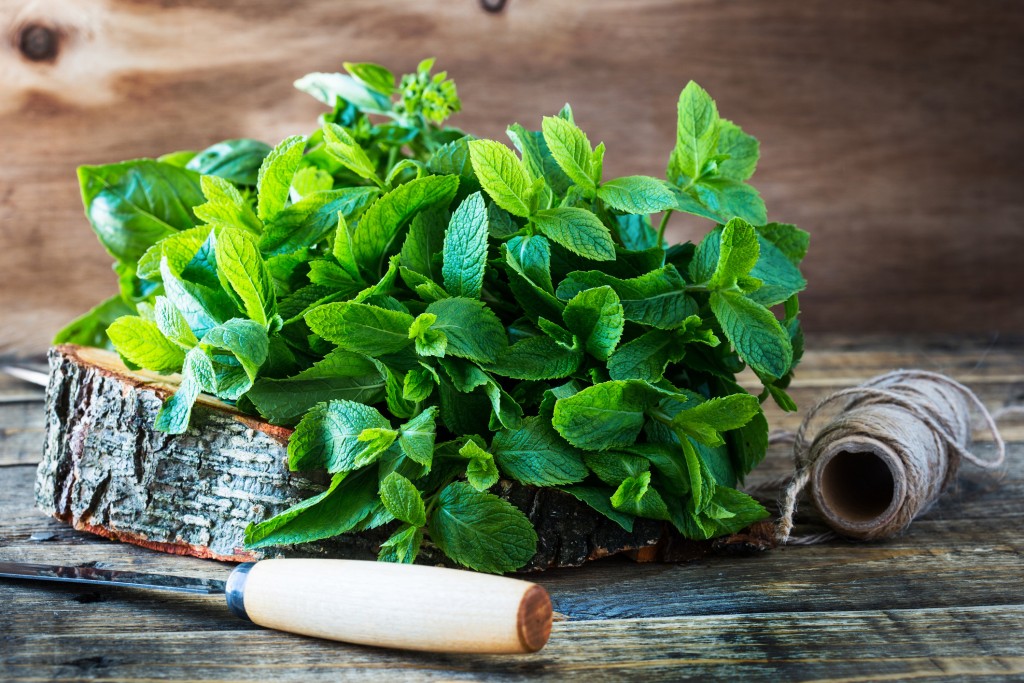Top 10 Medicinal Herbs Growing in your Garden


Summer is a great time for gardening and boosting anti-inflammatory foods that you grow on your own. Get strategic about which plants you want in your garden this year by including some beautiful aromatic culinary herbs. The top 10 medicinal herbs below can help you add more flavor to your cooking and also offer many health benefits.
Some of the top health benefits you can gain by using more herbs include:
- reduce salt in your cooking while still including lots of flavor
- blood pressure control benefits (herbs are often high in potassium)
- boost potent antioxidants that can help calm inflammation and pain in the body
- potential anti-tumor/anti-cancer effects
Salt is a classic flavor enhancer for food and of course, it’s used in kitchens around the world. However, too much salt is bad for your health and can negatively affect your blood pressure. Adding herbs to your food instead can bring vibrant flavors to your food and help reduce salt in your cooking.
All herbs contain phytochemicals (antioxidants), such as flavonoids, phenolic acids, isoflavones, and carotenoids. These phytochemicals are well-known for their health benefits: anti-inflammatory, anti-cancer, and antioxidant effects. Adding herbs to your food or using their essential oils as aromatherapy can greatly benefit your health in a really easy way.
If you’re ready to add some aromatic herbs to your garden that could benefit your health, here are 10 that you should plant this summer:
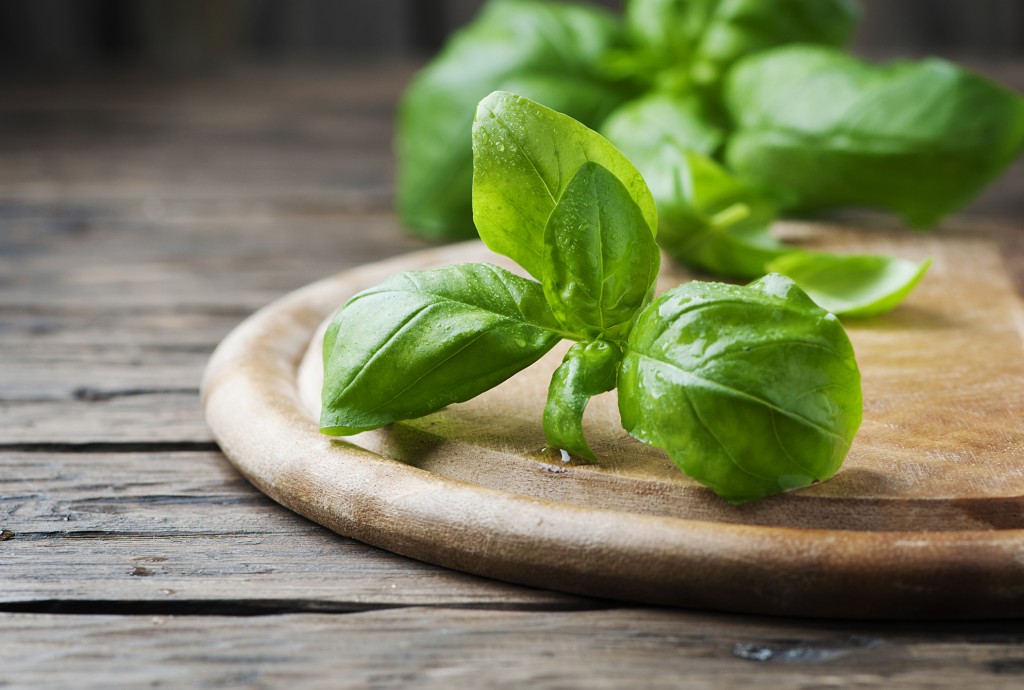 1. Basil
1. Basil
Basil is grown in many countries around the world and is suitable for outside gardening in many places. It’s one of the most commonly used herbs in different cuisines from caprese salads, pesto sauce, and Thai basil rice dishes. Basil is used as medicine, traditionally, for headaches, stomach pain including reducing flatulence/gas, diarrhea, constipation, kidney problems, and treating the common cold. Research has shown that basil essential oil may be effective for increasing mental alertness and even to lessen migraine headache pain. Be sure to enjoy the aroma of basil while adding it to your food.
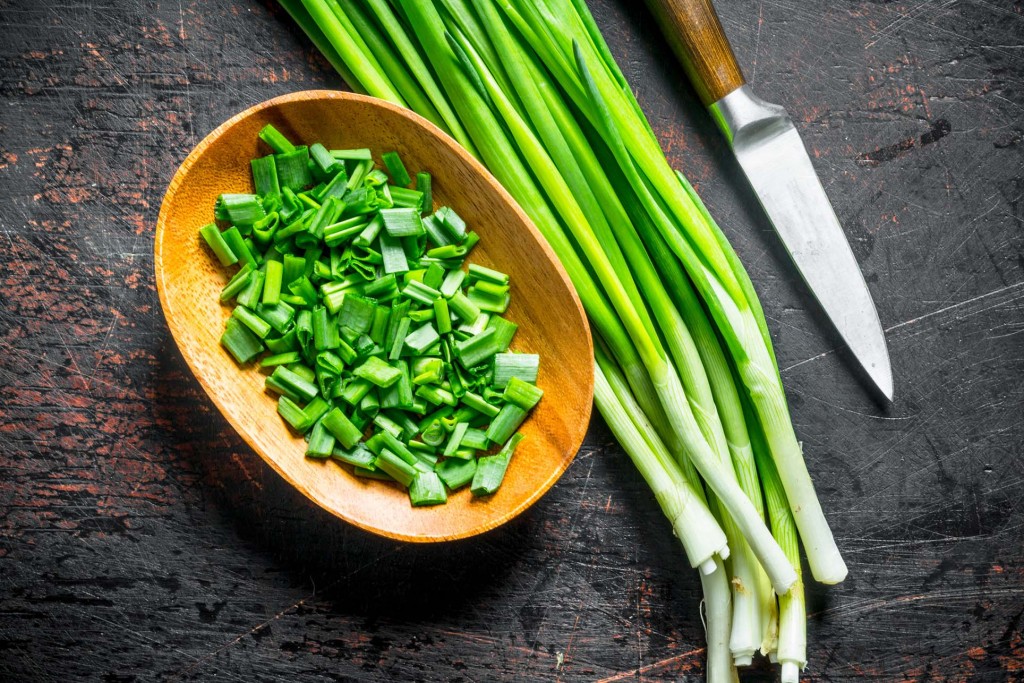 2. Chives
2. Chives
Chives offer a mild onion flavor and are commonly used in Asian and European cuisines. Chives are a member of the allium vegetable family like onion and garlic. Most allium vegetables are rich in sulfur-containing compounds, including sulfur-containing amino acids, isoalliin and diallyl sulfide. These compounds may have anti-cancer activity and may also help lower inflammation in the body. Even if you don’t like chives in your food, you might still want them in your garden since the purple flowers are so lovely.
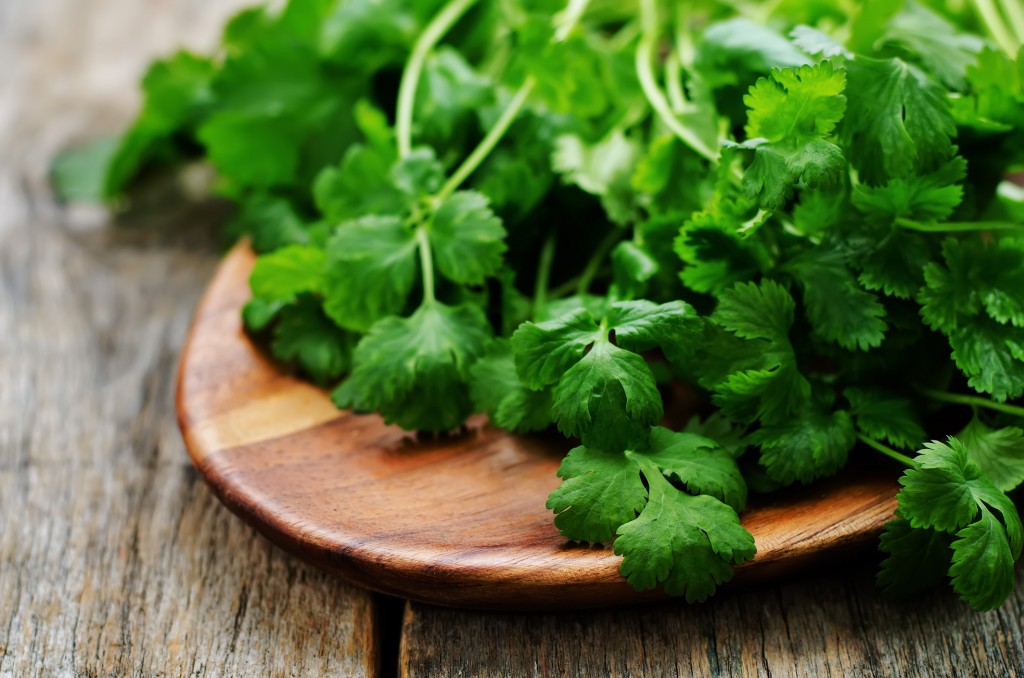 3. Cilantro
3. Cilantro
The debate around cilantro’s flavor can get intense: some people find it tastes like soap while others think it tastes delicious with a nice citrus flavor. Cilantro is popular around the world– from European to Chinese, Indian and Mexican cuisines. It has many health benefits and is used as an antioxidant that supports the liver. It can even be used by some natural health experts to remove heavy metals such as mercury, lead, and aluminum from the body. Before you use it for these reasons make sure that you’re working with a professional.
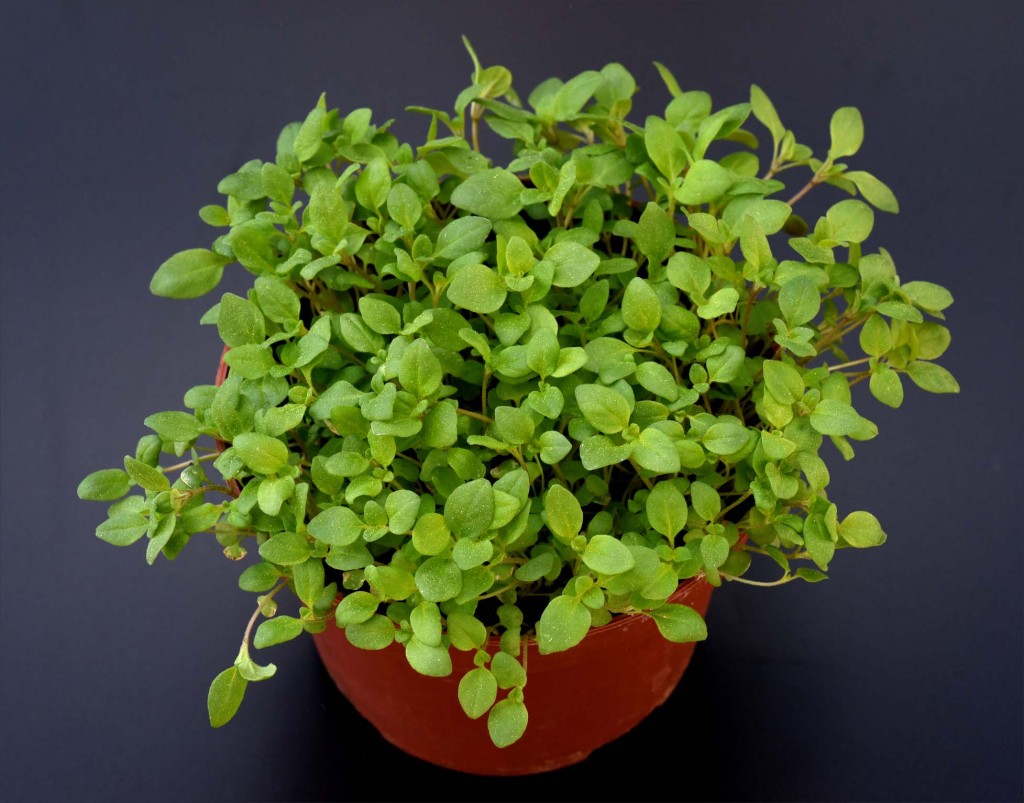 4. Marjoram
4. Marjoram
Marjoram is native to the Mediterranean region of the world but don’t confuse it with its close cousin, oregano. Marjoram has a sweeter and more gentle flavor than oregano as well as a slightly woodsy and aromatic flavor. You can add marjoram to sauces or use it as a beautiful, green garnish. People use marjoram in traditional medicine for different diseases including asthma, menstrual issues, and even polycystic ovary syndrome (PCOS).
5. Mint
There are more than ten types of mint but most people grow spearmint in their gardens. This variety is native to Europe and Asia but it grows very well in the U.S., too. It is commonly used as a flavoring agent in gums, teas, drinks, salads, and sauces. Mint may provide health benefits, too. It is commonly used for digestive disorders and to soothe the stomach, ease sore throats, headaches, toothaches, and even to soothe post-operative nausea and vomiting. A cup of mint tea can help soothe the stomach and reduce painful bloating.
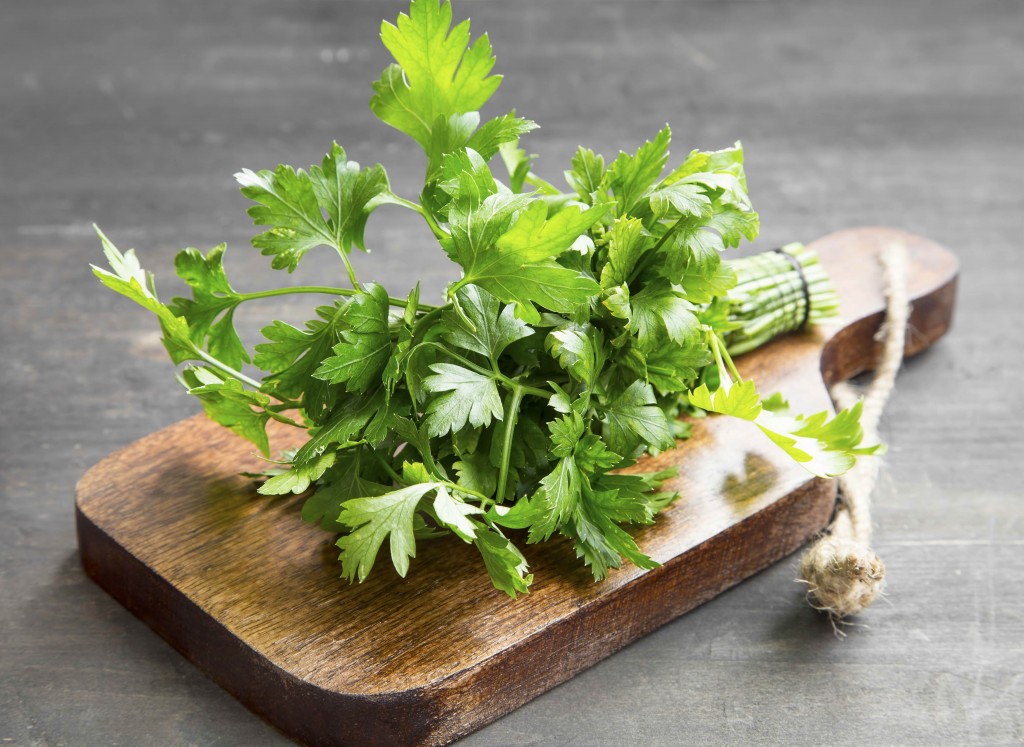 6. Parsley
6. Parsley
Parsley is native to regions in the Mediterranean and grows annually in home gardens around the world. It has a light scent and fresh flavor which makes it more versatile compared with some other herbs, such as cilantro. Studies show that parsley has many health benefits from it’s anti-inflammatory antioxidants that particularly may benefit the kidneys and bladder. It is rich in nutrients like vitamin C and potassium and has been used in traditional folk medicine for kidney stones, digestive disorders, constipation, cough and even to reduce swelling and water retention in the body.
7. Rosemary
Native to rocky, well-drained areas, especially in coastal areas of the world, rosemary is hearty. It’s name comes from Latin words ros and marinus meaning “dew of the sea,” which does describe rosemary’s almost salty, oceanlike fragrance. Other than a flavoring agent in food and body products like lotions and soaps, rosemary is also used in traditional medicine and aromatherapy for health reasons. Clinical research shows that rosemary could be effective in improving memory in adults. It is commonly used for mood and brain health and there is preliminary evidence that rosemary aromatherapy can improve the quality of memory recall and increase alertness. Rub some of this herb in the palm of your hands and inhale the aroma when you need a pick-me-up.
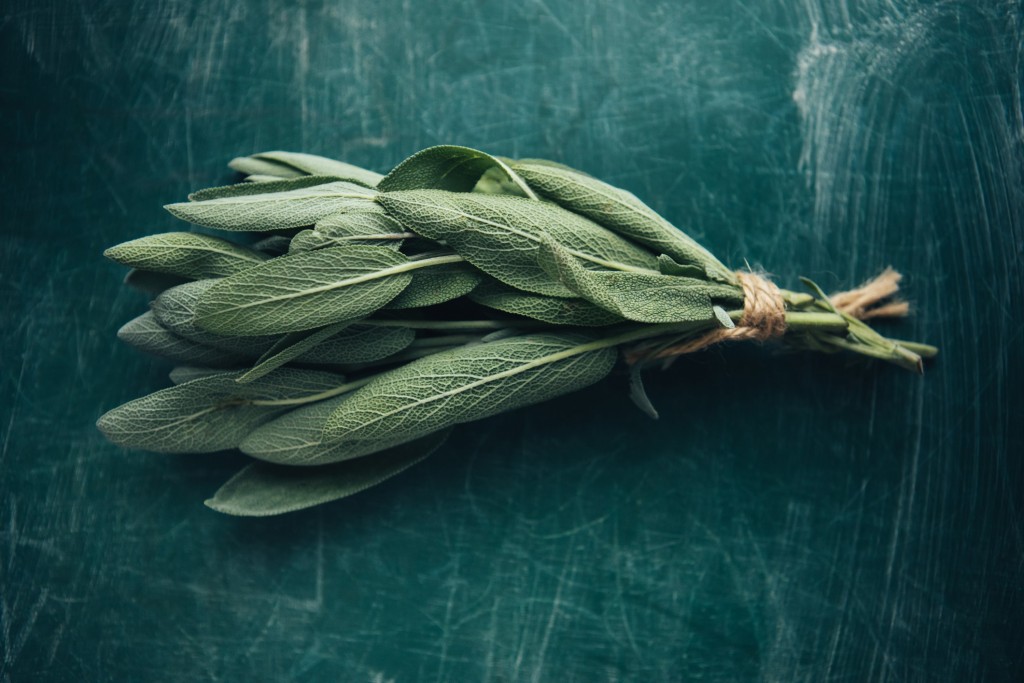 8. Sage
8. Sage
Sage has a faintly piney and earthy flavor so it goes very well with other herbs, such as thyme, marjoram, and rosemary in dishes. Sage is a medicinal herb that has potential effects on Alzheimer’s disease, diabetes, high cholesterol, and even menopausal symptoms in the natural medicine world. Clinical research shows that taking sage leaf extract may help lower blood sugar levels. Grow sage in the summer and use it into the fall as it pairs very well with autumn foods like squash, pizzas and stews.
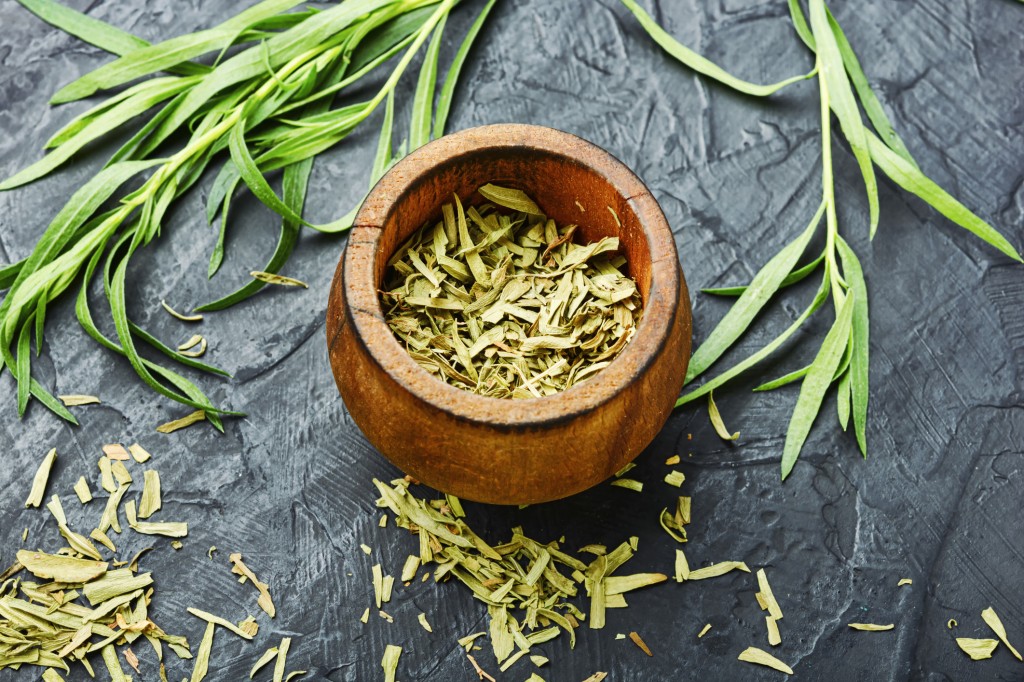 9. Tarragon
9. Tarragon
Tarragon is a culinary herb that is commonly used in French cuisine. It’s one of the four herbs in the French mixture fines herbes: chervil, chives, parsley, and tarragon. Because of its bitter and sweet flavor with just a touch of licorice, tarragon pairs well with chicken, fish, and egg dishes. It creates a nice flavor and serves as a beautiful garnish, too. In traditional and folk medicine, tarragon is used for digestive disorders and to soothe the stomach. As an ingredient in aromatherapy, it’s used to ease nausea and vomiting so try it next time you’re feeling ill.
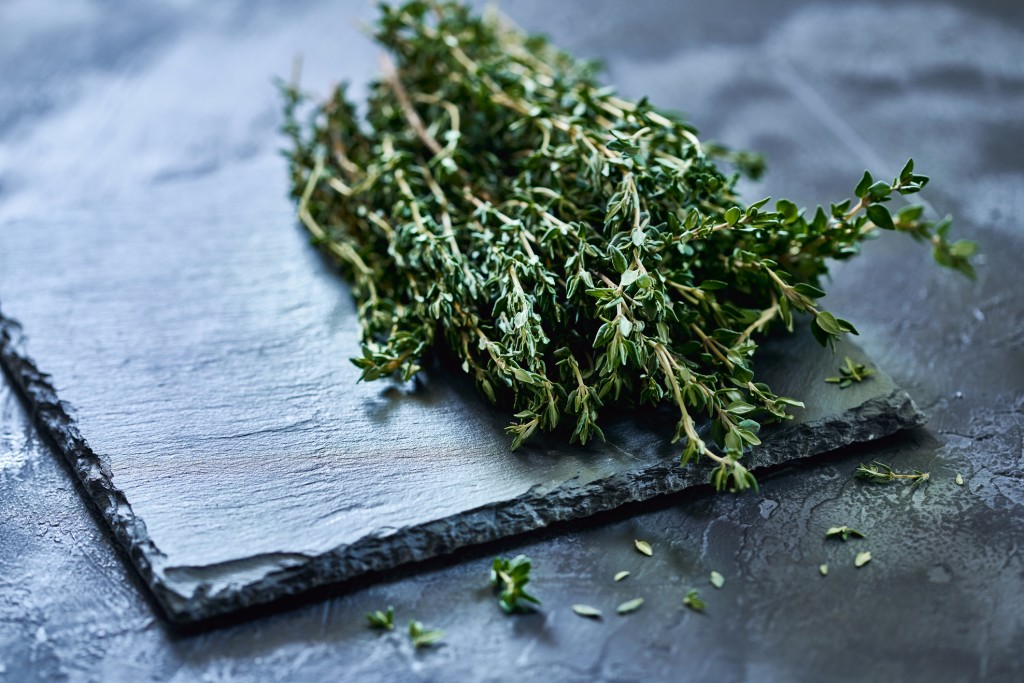 10. Thyme
10. Thyme
Thyme is used in cuisines around the world: African, Mediterranean, European, North American, and the Caribbean. It can be used in its whole form, bundled up and thrown into water to make stock, or added to hot oil for added flavor in pan-cooking. It is also commonly used with other herbs because of its mild flavor. In traditional medicine, thyme and its essential oils are used for lung issues like bronchitis and cough, and for a sore throat. Some studies show that thyme has anti-inflammatory, antimicrobial, and antioxidant effects, and helps heal wounds, too, when used topically. Thyme might help to promote nitric oxide production in the body, offering a boost to cardiovascular health.
Tell us: what herbs are you growing in your garden this year?
References:
Natural Medicines Database, Basil
https://naturalmedicines-therapeuticresearch-com.proxy.cc.uic.edu/databases/food,-herbs-supplements/professional.aspx?productid=303 Updated 4/26/21. Accessed 06/10/21.
Natural Medicines Database, Chives.
https://naturalmedicines-therapeuticresearch-com.proxy.cc.uic.edu/databases/food,-herbs-supplements/professional.aspx?productid=403 Updated 4/2/2019. Accessed 06/10/21.
Natural Medicines Database, Cilantro
https://naturalmedicines-therapeuticresearch-com.proxy.cc.uic.edu/databases/food,-herbs-supplements/professional.aspx?productid=1533 Updated 10/2/20. Accessed 06/10/21.
Natural Medicines Database, Marjoram
https://naturalmedicines-therapeuticresearch-com.proxy.cc.uic.edu/databases/food,-herbs-supplements/professional.aspx?productid=563 Updated 11/3/20. Accessed 06/10/21.
Natural Medicines Database, Japanese mint
https://naturalmedicines-therapeuticresearch-com.proxy.cc.uic.edu/databases/food,-herbs-supplements/professional.aspx?productid=616 Updated 8/24/20. Accessed 6/14/21.
Natural Medicines Database, Spearmint
https://naturalmedicines-therapeuticresearch-com.proxy.cc.uic.edu/databases/food,-herbs-supplements/professional.aspx?productid=845 Updated 1/29/20. Accessed 6/14/21.
Natural Medicines Database, Parsley
https://naturalmedicines-therapeuticresearch-com.proxy.cc.uic.edu/databases/food,-herbs-supplements/professional.aspx?productid=792 Updated 7/10/20. Accessed 6/14/21.
Natural Medicines Database, Rosemary
https://naturalmedicines-therapeuticresearch-com.proxy.cc.uic.edu/databases/food,-herbs-supplements/professional.aspx?productid=154 Updated 7/10/20. Accessed 6/14/21.
Natural Medicines Database, Sage
https://naturalmedicines-therapeuticresearch-com.proxy.cc.uic.edu/databases/food,-herbs-supplements/professional.aspx?productid=504 Updated 10/9/20. Accessed 6/14/21.
Natural Medicines Database, Tarragon
https://naturalmedicines-therapeuticresearch-com.proxy.cc.uic.edu/databases/food,-herbs-supplements/professional.aspx?productid=661 Updated 10/29/20. Accessed 6/16/21.
Natural Medicines Database, Thyme
https://naturalmedicines-therapeuticresearch-com.proxy.cc.uic.edu/databases/food,-herbs-supplements/professional.aspx?productid=661 Updated 9/18/20. Accessed 6/16/21.
